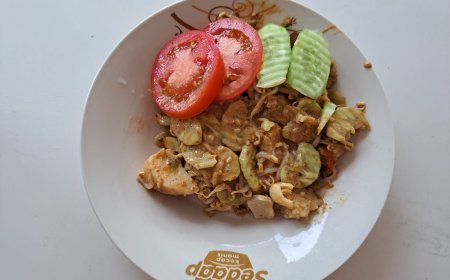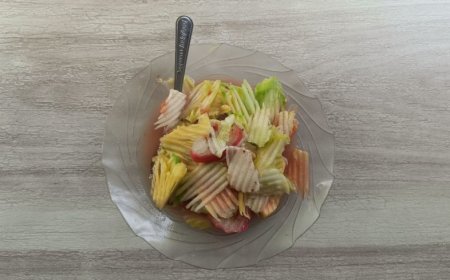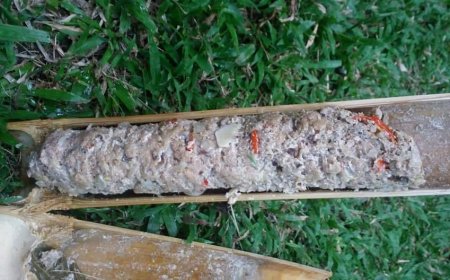Laklak Bali: Revealing the Delights of a Culinary Heritage that Touches the Soul
Laklak Bali is a type of traditional cake that symbolizes the cultural and culinary richness of the island of Bali. Made with main ingredients such as rice flour, grated coconut, and palm sugar, laklak has a unique chewy texture and a distinctive sweet and savory flavor. The production process involves skilled hands and local wisdom, especially in Desa Adat Bakas, Bali, where this tradition is preserved with utmost love.
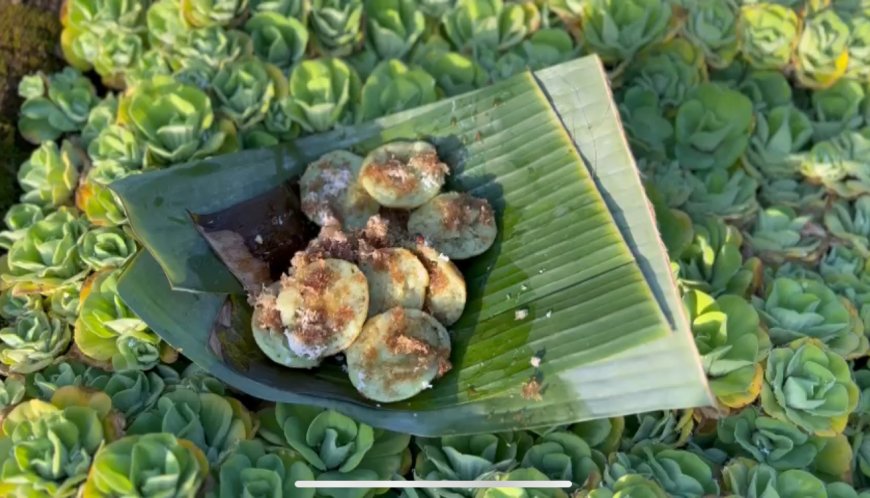
Bali, known for its breathtaking nature and remarkable culture, also offers a tantalizing culinary wealth. One of its specialties is laklak, a traditional Balinese cake with its own uniqueness. In Desa Adat Bakas, Bali, the tradition of making laklak is not just a skill; it's a cultural heritage cherished with deep affection. Let's explore the world of taste and the art of making laklak preserved in Desa Adat Bakas.
History and Significance of Laklak in Bali
Laklak is a traditional Balinese cake that has been an integral part of daily life and religious ceremonies on the island. Historically, it was often presented as an offering to the gods during religious ceremonies. However, over time, laklak has also become a delicious dish enjoyed by the people of Bali in various events, from religious celebrations to family gatherings.
Desa Adat Bakas: Center of Tradition and Local Wisdom
Desa Adat Bakas, located in Gianyar Regency, Bali, plays a vital role in preserving Bali's traditions and local wisdom. The village is renowned for its dedication to maintaining cultural practices and traditional activities. One distinctive aspect of life in Desa Adat Bakas is the laklak-making tradition, passed down through generations.
Main Ingredients and Uniqueness of Laklak Bali in Desa Adat Bakas
The process of making laklak begins with the careful selection of high-quality ingredients. Rice flour serves as the primary base, providing a chewy and soft texture to the cake. Freshly grated coconut and local palm sugar add a delicious nutty and sweet taste to each bite. Additionally, pandan leaves are used as a natural coloring agent, giving laklak its characteristic green hue.
The uniqueness of laklak in Desa Adat Bakas lies in the community's involvement in every production stage. Every member of the community, from the elderly to the young, plays a crucial role in presenting this cake with an authentic taste. This community engagement is what makes the laklak-making tradition in this village extraordinary, involving the entire community in preserving their culinary heritage.
Detailed and Locally Wise Production Process
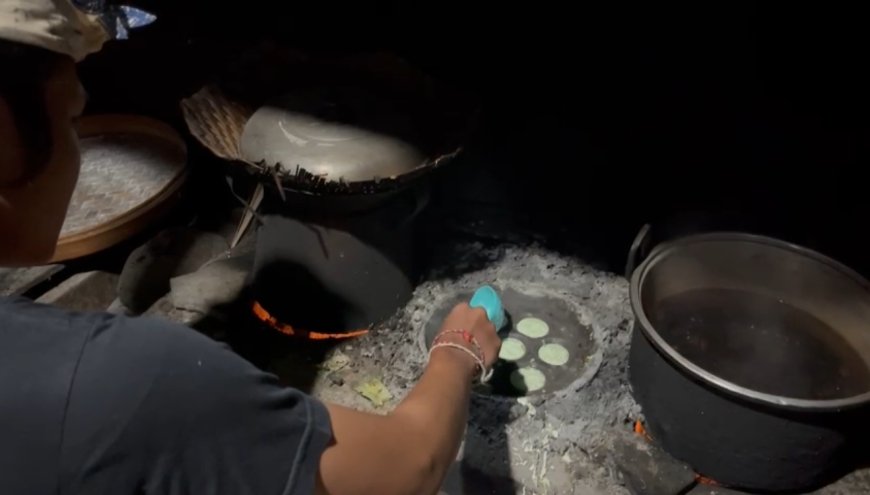
The Process of Making Balinese Laklak (Source: Author's Collection)
The laklak production process in Desa Adat Bakas is a combination of skilled hands and local wisdom. The prepared rice flour dough is mixed with water and stirred until it reaches the perfect consistency. The mixture is then poured into small holed molds known as "takir." These molds are placed on traditional stoves, and each takir is carefully filled with the dough.
The next step is where the skillful hands of laklak makers shine. They use specific techniques to ensure that each takir is fully filled and shaped perfectly. Afterward, the takir is placed on a pot of boiling water to be steamed. This process requires skill and precision to achieve the final result of a chewy and delicious laklak.
The Importance of Laklak in Local Culture and Ceremonies
Laklak is not only seen as a tasty dish but also holds symbolic significance in Balinese culture. Its presence in traditional ceremonies signifies gratitude and reverence to the gods. Laklak is often offered as a token of thanks and a symbol of hope for future prosperity.
Culinary Exploration Experience in Desa Adat Bakas
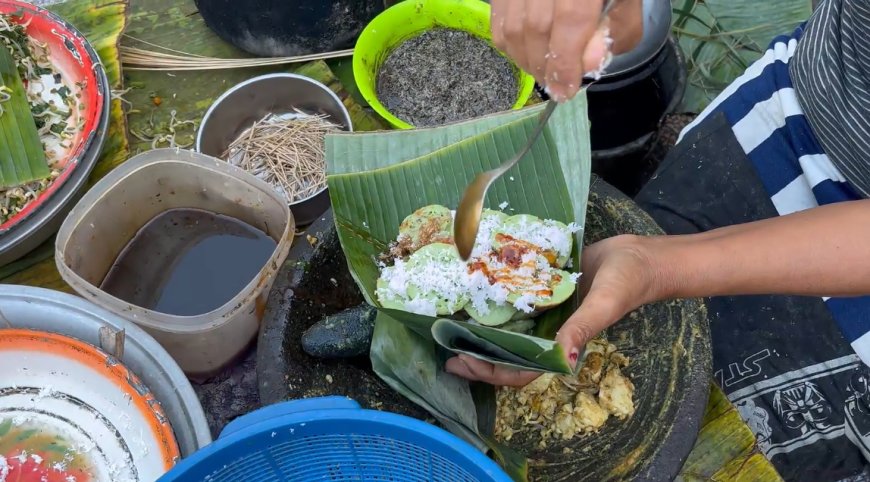
Serving Balinese Laklak (Source: Author's Collection)
For tourists visiting Desa Adat Bakas, the experience of exploring the laklak-making tradition can be an unforgettable part of their journey. Many local craftsmen and shops open their doors for visitors to witness the laklak-making process firsthand and even participate in the activity. It's not just about enjoying the end product; it's about experiencing the warmth of Balinese culture and hospitality.
Concluding the Culinary Adventure in Bali with the Sweetness of Laklak
The making of laklak in Desa Adat Bakas is a journey that combines the beauty of Bali's culinary heritage with enduring local wisdom. Travelers who visit Desa Adat Bakas can not only savor the deliciousness of laklak but also immerse themselves in the warmth of Bali's culture and preserved traditions. A taste of this traditional cake doesn't just create unforgettable flavor memories; it brings home a deep experience of Bali's cultural richness. Thus, laklak in Desa Adat Bakas becomes not just a culinary delight but a cherished part of Bali's cultural heritage.


















































